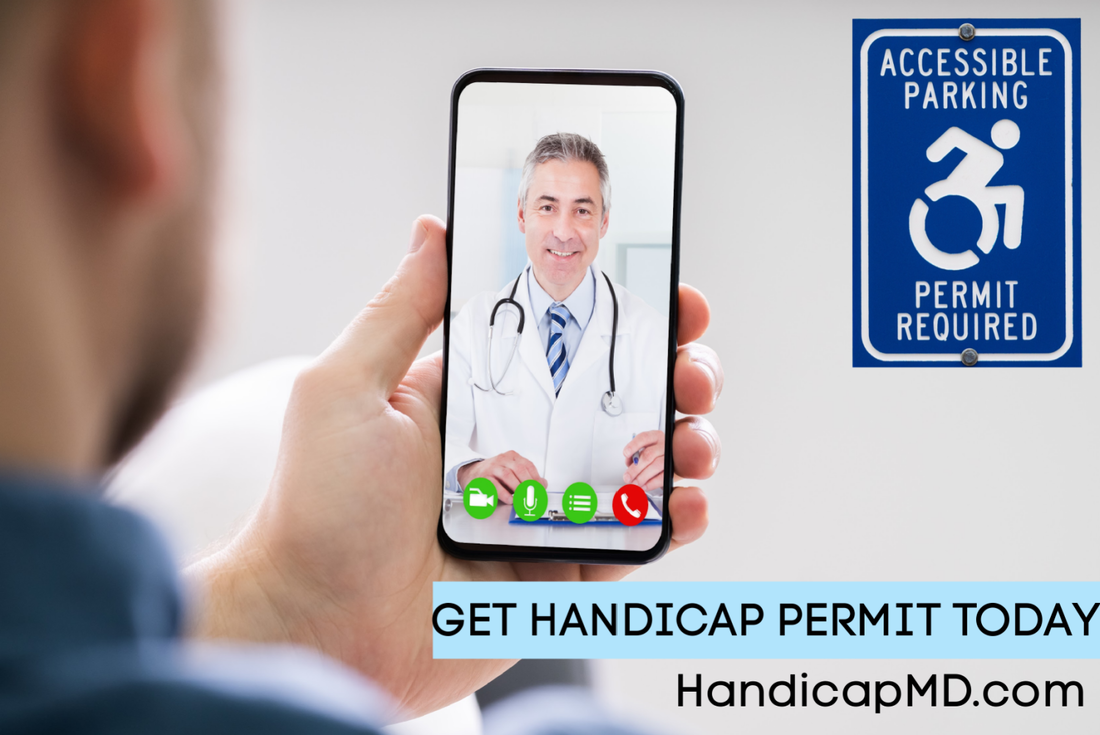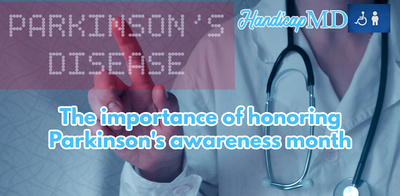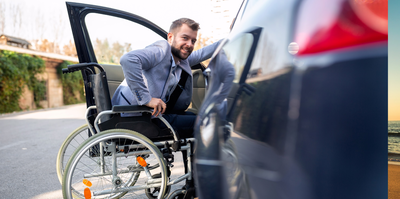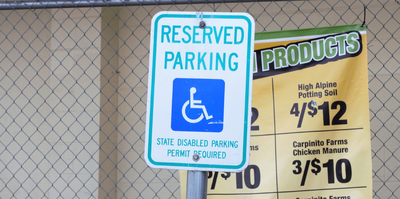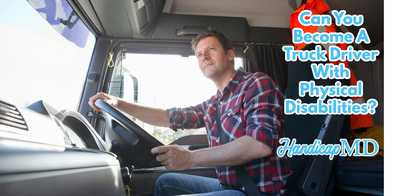
Some Important Info on Driving After a Limb Amputation
Even though limb amputation is in most cases thought of as being necessary and life-saving, it can also be a great physical and emotional challenge for both the patient and his or her family. Besides dealing with practical issues, many people lose the ability to do certain things by themselves as they used to.
Driving is one of the things that can be quite challenging after a limb amputation. Individuals who own cars may feel confined to their homes, while those who rely on public transportation may not have access to the same opportunities.
The good news, however, is that there are several techniques that can help individuals with amputation to continue driving. Many of them are quite simple, requiring only the use of the other hand or some slight changes in behavior. In most cases, rehab and training are required to ensure that the individual is able to not only drive comfortably but also safely.
Medical content reviewed by Dr Eric Jackson-Scott MD, Chief Medical Officer
What are some of the reasons that necessitate amputation?
There are various reasons why amputation may be necessary. The most common reasons for amputation (link: https://www.ncbi.nlm.nih.gov/books/NBK546594/#:~:text=Approximately 150000 patients per year,disease, neuropathy, and trauma) in the United States are vascular disease, diabetes mellitus, trauma, and neuropathy.
It's also possible for limbs to be injured severely as a result of frostbite, cancer & other tumorous growths, and even burns. As such, amputation is commonly used as a life-saving operation in the majority of situations.
How does limb amputation affect one's ability to drive?
Your ability to drive after limb amputation is mainly dependent on the type of amputation. That's in consideration that there are different degrees of amputation, and it can also happen to one or more limbs.
While almost every amputation case is different, there is always a modification to help you cope with the situation. Some amputees may be able to use their remaining limbs to facilitate the driving process - at times with some modifications -while others might require both modification and adaptive devices.
The takeaway here is that returning to driving should be possible in a majority of cases as long as you have the right adaptive devices, modifications, and training.
What's required of you as you prepare to drive again?
The number one thing that you need to do so that you are fit to drive once more and as soon as possible is to take good care of your body. This means eating well, resting enough, and ensuring that you stick to medical advice for faster healing.
It's highly recommended that you consult with the medical experts who are helping you through the recovery process so that they can guide you on improving yourself in readiness for getting back to driving.
Such experts can point out the areas that you need to improve on such as flexibility, strength, coordination, and others. Such suggestions are important as they almost always increase your chances of reaching the end goal, which is being able to drive safely.
Who determines whether I can continue driving?
While no state has so far come up with laws that bar individuals who have gone through amputation from driving, there are various legal requirements that guide the process. In most cases, you would have to update your medical condition with your state's DMV.
Depending on the situation, your physician, concerned family members, or law enforcement can remit a voluntary, anonymous report to the DMV seeking to express their concern with your driving ability. In such situations, your license might end up being revoked unless and until you're able to prove that you can drive again safely.
As long as you are capable of getting behind the wheel again, however, you can work with a Certified Driver Rehabilitation Specialist (CDRS) to facilitate a smooth return to driving (link: https://www.aded.net/page/230). These specialists are mainly useful when it comes to giving recommendations that will make it possible for you to be able to drive once more.
What we consider during our assessment procedures
In an effort to make it easy and convenient for you to get back to driving, our experts at Next Street come to your home for the assessment process which includes your physical and mental abilities. It's a simple process that takes an average of two hours, and you are not required to memorize anything or even study in readiness for the assessment.
The main aim of the assessment is to ensure that the CDRS is able to make the best recommendations in relation to your condition.
What are the different driving assessment outcomes available?
1. Drive on
There are a few cases where amputees get the green light to get back to driving without requiring any adaptive devices or specialized training. The most common situation is where an individual has had their left leg amputated. With such an injury, all that is required is a transition to driving cards with an automatic transmission.
2. Use adaptive devices
This second option seeks to make it possible to continue driving despite having key parts of your limbs such as your fingers amputated.
The most ideal adaptive devices will depend on the type of amputation, taking into consideration that there are lots of various devices available such as hand controls, foot controls, and others.
Even if you have had multiple-limb amputations, which can be a maximum of four limbs, it is still possible for you to continue driving. Such situations, however, require the use of more sophisticated modifications which is where rehabilitation specialists come in.
With the input of rehabilitation experts, you should be able to return back to driving in a comfortable and safe manner. Once the modification process is complete, you will be required to go through recertification.
The process of recertification is mainly important to demonstrate your driving skills so as to certify that you can indeed drive safely. Once you are able to prove this, you simply get recertified so that you can get back to driving.
3. Restricted driving
Another possible outcome is that you may be allowed to get back to driving with a few restrictions. If, for example, you don't have good reaction times or you are unable to turn without difficulties, you might be restricted from driving in inclement weather.
4. Retirement from driving
There are some cases where your amputation condition might be considered unsafe for you to continue driving. Such conditions can include but are not limited to cases where you have had extensive amputations, vehicle modifications are too sophisticated and expensive, or in situations where you have an additional medical condition(s).
When such situations arise, our team at Next Street will help you come up with an alternate individual transport plan that should work for you. The main objective of our driving program is to ensure that you are able to move freely, just as you wish, even in cases where you may be required to utilize alternatives to driving.
If you are suffering from back pain and need to a DMV disabled parking permit online - direct pay - no insurance needed - click below get started here
.png)
